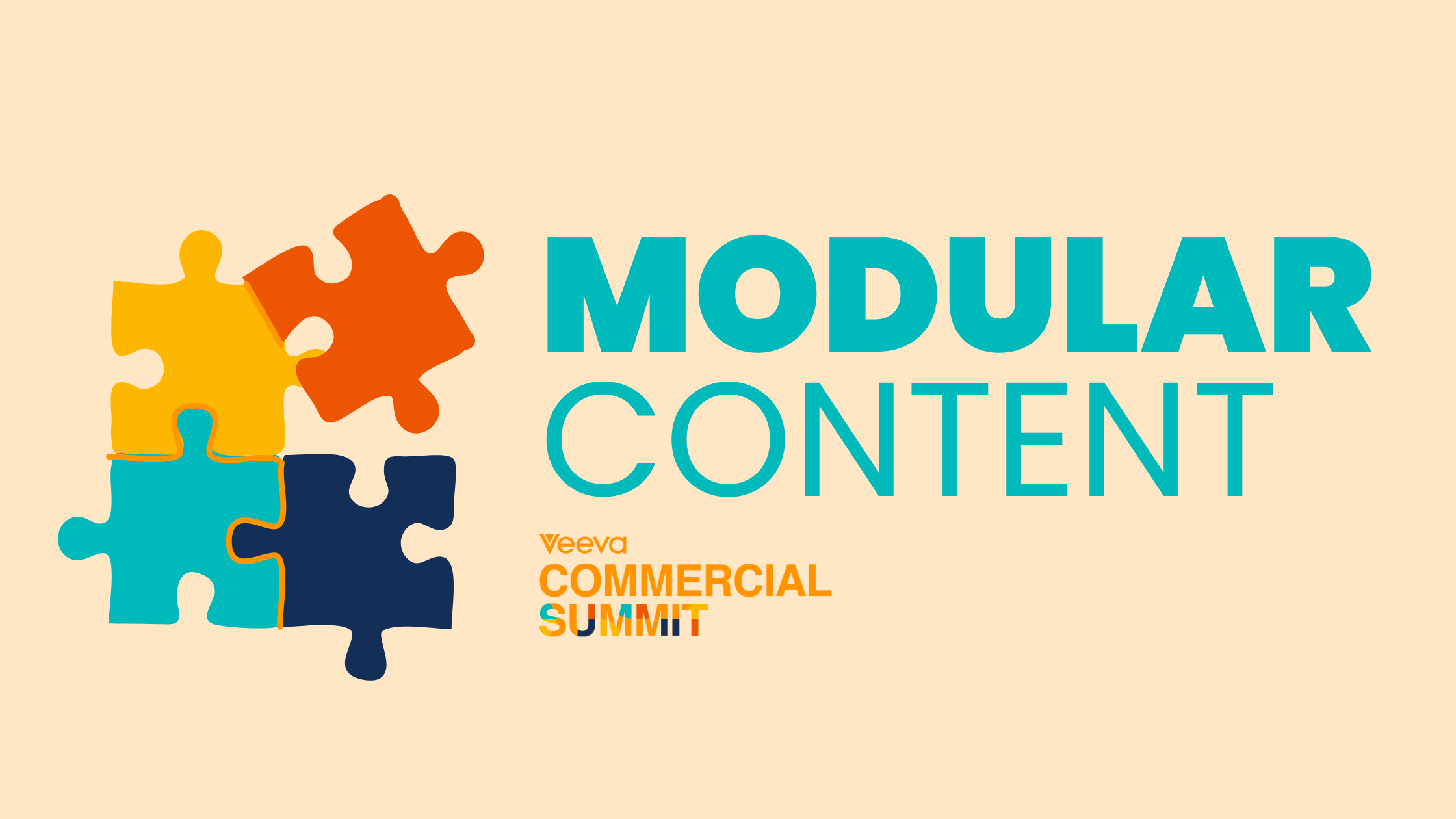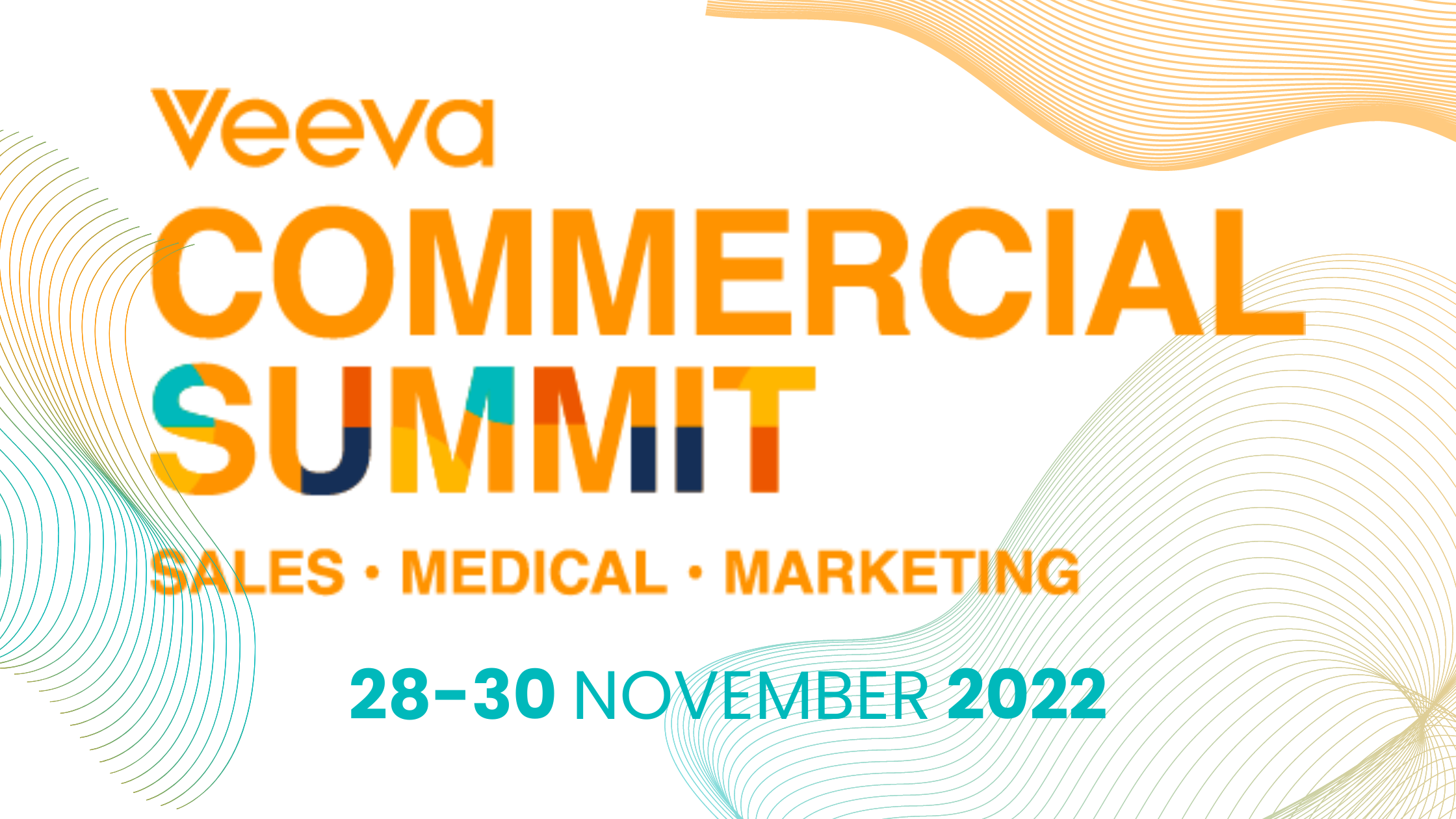Growing content demand
Life Science market demand for content continues to rise as it serves Marketing, Medical and Sales area fields.
Digital expectation and contact frequency increase and the need for more personalization and new channels are high contributors to the massive demand for content generation, as Emma Hyland stated during one session.
Veeva surveys of pharma and biotech professionals confirm a growth trend in the last years in the volume of generated content compared to previous years, especially after COVID-19 promoted the proliferation of digital channels and a shift to remote work.
Most of the created materials are similar in content: for example, the same campaign needs to be adapted from global to local markets, or the same promotional piece needs to be orchestrated across multiple channels.
Modular content management enables creators to abstract “common parts”, to use them as single units with their own approval process, and make them disposable to be used in a bigger project.
Modular content is the key
Modular content proposes an easy-to-use solution based on content reuse. In fact, pre-approved content blocks can be assembled together to create infinite new modules.
This way the content creation and approval are speeded up – despite of channel and geographical region – and hopefully the content gets to market earlier and more easily. After all, it’s easier to approve something mostly made up of pre-approved components!
The base unit of a module is called an Asset, and consists of:
- Claim (words to represent a product supported by literature)
- Text (a marketing message)
- Component (graphic images, logos, videos, or other digital assets)
Assets are combined to create a Module and Modules can be used to create specific Material/Composite to be distributed across channels and markets, as described during Veeva Vault Promomats and Vault Keynote with Boehringer Ingelheim, with speakers L. Frangoni, E. Hyland, R. Sa.
Pharma needs
Roundtables with pharma exponents at the Veeva Summit with a focus on Modular Content highlighted the following pain points concerning its use:
- Getting started with Modular Content
Even though every involved department seems to appreciate the idea of modular content to manage material creation, most of them are still slow in promoting its use - Increase approval speed
Content approval is the most relevant pain point everyone agrees upon (according to Veeva statistics it takes on average 21 days for content to be approved). According to pharma exponents present at the summit, providing an example of a real implementation of a template (e.g. an Approved E-mail) could lead to faster approval - Content Management and Orchestration
Having just one platform to approve and assemble content (currently assembly functionality is not supported by Veeva) is a desideratum. Support for omnichannel orchestration and the possibility to perform A/B testing is a plus
“Create once, Use everywhere, Faster approval” reads Veeva Modular Content vision.
The first two statements are promoted by Veeva itself, but faster approval has still room for improvement and automation is the key to accelerating this process. Among other actions that could be automated to accelerate content delivery, Tagging is central. This was confirmed by the huge interest of Veeva Summit attendees in Lyriko Content Tagging module, a real boost for content management.


